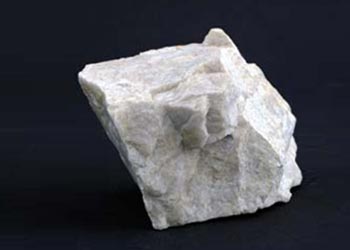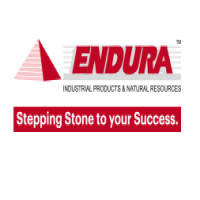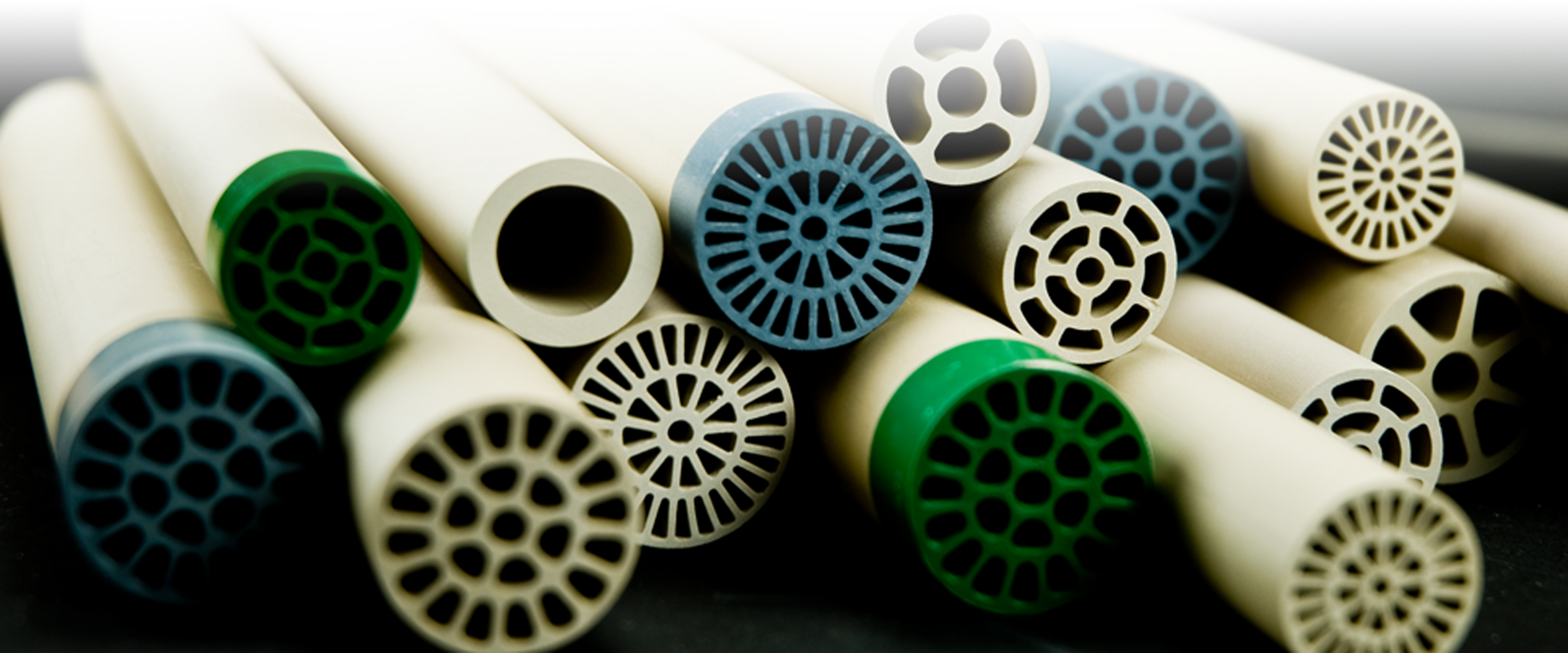Soda Feldspar vs. Potash Feldspar: Key Differences and Uses in Tile Making

Strong 8k brings an ultra-HD IPTV experience to your living room and your pocket.
The tile manufacturing industry relies on a variety of natural resources to achieve the perfect blend of durability, aesthetics, and functionality. Among these, Soda Feldspar and Potash Feldspar are essential raw materials. These feldspars, along with quartz, kaolin, and other resources, play a critical role in producing high-quality tiles for both residential and commercial spaces.
Understanding the key differences between soda and potash feldspar and their specific uses can help manufacturers optimize their production processes while ensuring superior tile quality.
What Are Feldspars?
Feldspars are a group of silicate minerals that form a major component of the Earth’s crust. They are widely used in industries such as ceramics, glassmaking, and tile manufacturing. Their primary function in tile production is to act as a flux, reducing the melting temperature of the mix during the firing process.
Soda Feldspar: Composition and Characteristics
Soda feldspar is rich in sodium oxide (Na₂O) and contains a lower percentage of potassium oxide (K₂O). Its key characteristics include:
• Lower Melting Point: This makes it ideal for achieving vitrification at lower firing temperatures.
• Enhanced Strength: Contributes to the structural integrity of tiles.
• Consistency: Soda feldspar provides a smooth texture to ceramic tiles, ensuring a refined finish.
Potash Feldspar: Composition and Characteristics
Potash feldspar is high in potassium oxide (K₂O) and contains less sodium oxide. Its unique properties include:
• Higher Melting Point: Ideal for creating tiles that require a slower cooling process for improved strength.
• Brighter Finish: Enhances the whiteness and brightness of tiles, making it suitable for premium designs.
• Resistance to Weathering: Adds durability to tiles used in outdoor settings.
Key Differences Between Soda Feldspar and Potash Feldspar
Property Soda Feldspar Potash Feldspar
Primary Oxide Sodium Oxide (Na₂O) Potassium Oxide (K₂O)
Melting Point Lower Higher
Effect on Texture Provides a smoother finish Enhances brightness and shine
Applications Tiles requiring faster production cycles High-end, premium tile designs
Applications in Tile Manufacturing
1. Soda Feldspar Applications
o Used in floor tiles for durability and structural strength.
o Ideal for large-scale production where lower firing temperatures save energy and costs.
2. Potash Feldspar Applications
o Commonly used in wall tiles for a brighter and more polished appearance.
o Preferred for luxury tiles where aesthetic appeal is critical.
3. Combined Use of Feldspars
Many tile manufacturers use a mix of soda and potash feldspar to balance cost-efficiency and design requirements.
Role of Quartz and Other Resources
In addition to feldspar, quartz and other materials like kaolin, ball clay, and frits are integral to tile production:
• Quartz: Adds hardness and abrasion resistance to tiles, ensuring durability.
• Kaolin and Ball Clay: Provide plasticity, making the mix easier to shape and mold.
• Frits: Used in glazing to achieve smooth, glossy surfaces.
• Ceramic Stains and Digital Inks: Add vibrant colors and intricate patterns to tiles, enhancing their visual appeal.
Why Understanding Feldspar Differences Matters
Choosing the right type of feldspar can significantly impact tile production. Factors like firing temperature, desired finish, and application determine whether soda or potash feldspar—or a combination of both—is ideal.
For example:
• Energy-Efficient Production: Soda feldspar is better for manufacturers aiming to reduce energy costs.
• High-End Tiles: Potash feldspar is the go-to choose for creating premium, aesthetically superior tiles.
When combined with other resources like quartz, kaolin, and ceramic stains, these feldspars contribute to producing tiles that are not only functional but also visually stunning. For manufacturers, understanding these differences is key to delivering high-quality tiles that meet diverse market demands.
Note: IndiBlogHub features both user-submitted and editorial content. We do not verify third-party contributions. Read our Disclaimer and Privacy Policyfor details.




